 Categories
Categories 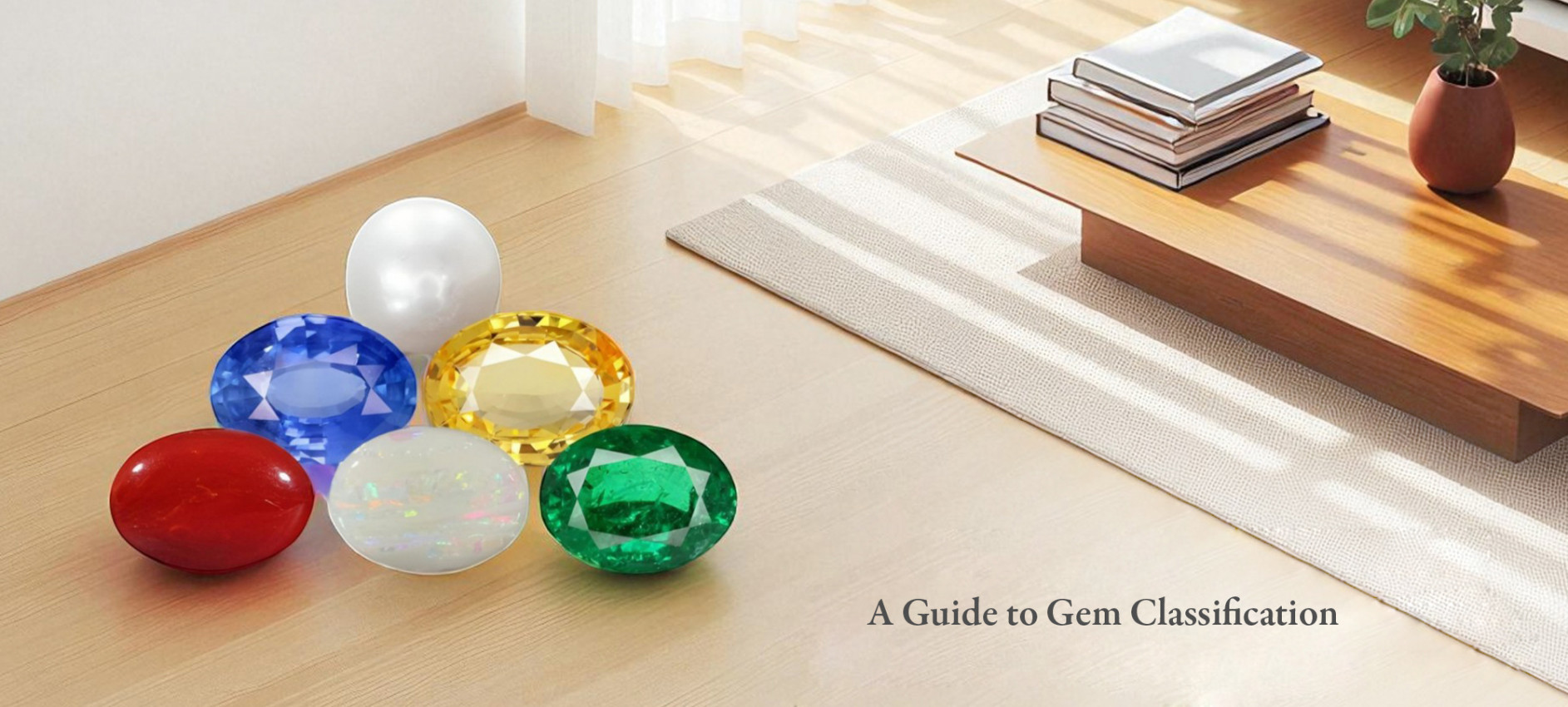
Rules of how the gems are categorized are crucial regardless of whether you are buying the gemstone based on the metaphysical properties, geological aspect or commercial value of the gemstone . Much more than being beautiful, the classification of gems unfolds a complex story of science, history, authenticity and effect.
In this guide, we will look at the numerous frameworks that inform the understanding of gem mineralogy, metaphysical meaning and all the rest for what they indicate about the origins of the gem.
Gem classification is not a thing of gemologists or a collector; it is a guide to anyone who believes in being transparent, story-filled or precise within the
jewellery
industry. And that is why it matters:
All classification systems allow peering into the behaviour of the gem, its value, rarity, and appeal and hence are essential both to technical experts and brand storytellers.
Most simply, gems are categorised based on their process of formation.
These are the creations of the Earth, which have been shaped in geological processes through the period of millions of years. Each of them is special due to their inclusions, texture, and naturalistic origin. Good examples are emeralds of Colombia,
sapphires of Kashmir
or
rubies of Burma
.
These gems are the ones that are created in laboratories, with identical chemical and structural characteristics as
natural gemstones
. They might be exactly similar, but expert analysis is necessary to say that they were produced within the same geological conditions as the famous origins. Synthetic rubies and sapphires are also very common in business jewelry as they are less
costly.
These are duplicates created with other materials that imitate the same appearance as authentic gemstones. Cubic zirconia is a diamond imitator that does not share with a diamond even a geological or energetic history. These gems are extremely cheap.
Read More - Know How to Identify Natural Gemstones
Not every gem starts its life in the ground. Compositional classification deals with the question of whether a gem is biological or mineral.
Organic gems are formed out of formerly living organisms and are usually softer in nature and need gentler treatment. Such things are amber (congealed tree resin), pearls (mollusc) and ivory.
These gems were created in natural or artificial mineralisation processes, and these gems contain quartz, garnet, spinel and most of the conventional gemstones. Their crystalloids tend to make them long-lasting and brilliant.
Internal arrangement of a gemstone has a direct influence on hardness, cleavage, brilliance and value.
These have a uniform atomic structure, which determines the physical attributes. Diamonds,
sapphire stone
and
tourmaline stone
are crystalline; as such, they are durable and lend themselves to a faceted cut.
Amorphous gems such as opal stone and amber have physical properties that are variable due to the lack of a fixed atomic pattern in them. They are soft and somewhat unpredictable, and are more charming and rare, and they are also quite demanding.
Discover More - How to Spot a Fake Gemstone: 6 Red Flags Every Buyer Should Know .
Other materials cannot be so simply classified and may be likened to composites.
They are constituted of minute intergrown crystals. Alike, but even more opaque, and more patterned, is the popular aggregate chalcedony (including agate and jasper).
Contrary to individual minerals, rocks are a collection of various substances.
Lapis lazuli
is an ancient gem that was valued because of its deep blue color, which comprises of a number of minerals such as lazurite and pyrite, all of which make up a rock.
This classification goes into detail as to the particular mineral composition of each gem, and the difference in subtle chemical compositions creates distinct named varieties.
The crystals have a definite chemical formula for each gem type. For example:
Diamond: Carbon pure
Corundum is aluminium oxide (Al2O3)
Beryl: Beryllium aluminium silicate
Species become varieties due to the fact of colour and characteristics contributed by trace elements:
Ruby stone - mineral is corundum, coloured by the trace element chromium
Blue sapphire is also from the corundum mineral family but gets its colored from trace elements iron and titanium.
Emerald stone is green beryl; the dark green colour comes from chromium and vanadium.
Blue-green beryl , colored by iron, is aquamarine.
These are minute chemical distinctions that would cause immense shifts in value, meaning and cultural importance.
More to Read - Top Reasons To Buy Sapphire Jewelry Online At Navratan
In business terminology, gems are categorised not largely by their chemistry but rather by the way they are dealt with and sold.
Diamonds, as they have always been regarded as the beacon of value, are subject to various price and cut differentiation because of their high hardness and durability. The trade consists of colourless as well as colored diamonds.
All other stones, including the colourless ones, come into the category of a colored stone in the gem traders. These include sapphires, rubies, emeralds, tourmalines,
alexandrite stone
, garnets,
pearl stone
, spinels, etc. Supply chains and pricing models in the industry are in sharp contrast with these two groups.
Gem minerals have a tendency to be grouped into the great areas of chemical classification:
Silicates: Tourmaline, garnet, quartz
Oxides: corundum
Carbonates: Calcite, malachite
The knowledge of the mineral classes aids a lapidary to make a relevant choice on polishing compounds and treatment within the chemistry of the gem.
Two minerals may have identical chemistry and act wildly differently because of structural differences.
Here are diamond and graphite. Both are carbon pure:
This case goes to show that the chemical composition is not the only factor that can determine the appearance and durability of a gem; it also depends on the atom's structure.
The gems that are rare and valuable are precious, while all the others are categorised as semi-precious.
But since these factors are subjective and the rarity and value can change with time, these terms are not of much use.
Indeed, Terms such as precious and semiprecious no longer qualify as valid terms in professional gemology. Why?
They are deceitful - certain semiprecious gems (such as the demantoid garnet) are rarer and valuable than diamonds.
They reaffirm obsolete value hierarchies that are not based on the actual rarity, demand, and quality.
More ethical and informed traders do not use the labels any more, as generalised assumptions combined with specifications are not acceptable.
Further Reading - What Are The 5 Precious Gems? The Cardinal Gems .
About gemstones, not all classification is technical; rather, it is narrative. Every level reveals one slice of the story of the gem: what it is, its dynamics, the way it is formed and why it is important.
You must choose your gem according to your requirement and should see the classification based on your purpose only. Want proper guidance to know which gemstone is perfect for you? Then reach out to our experts now at Navratan, the online gem bazaar,
where you will get authentic and lab-certified gemstones at the best prices.
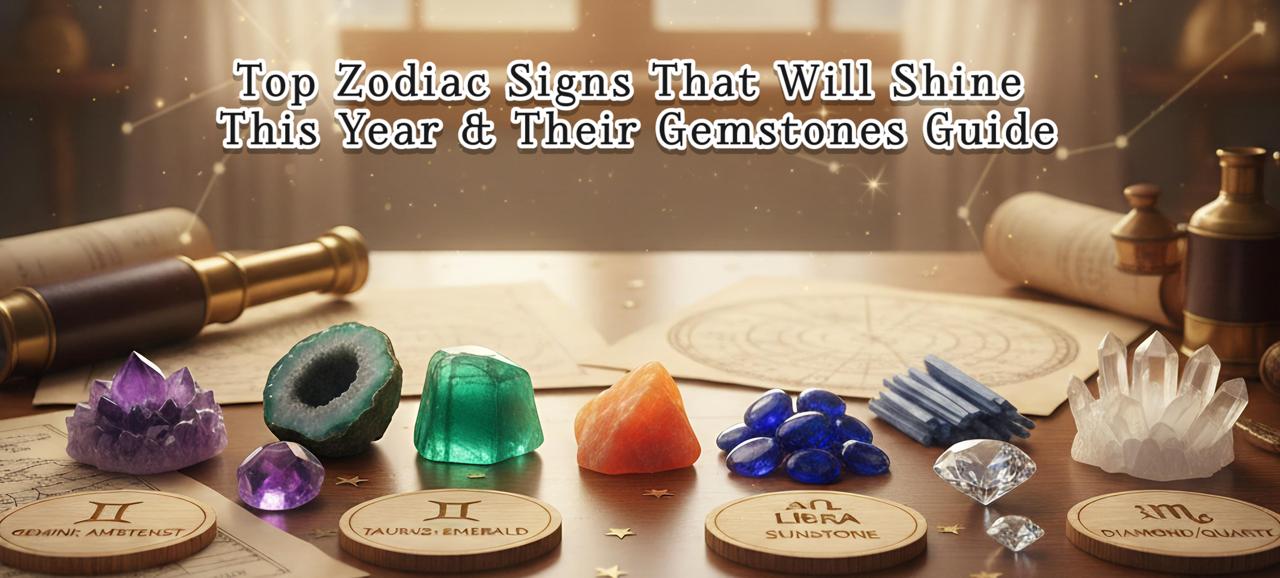
Top Zodiac Signs That Will Shine This Year & Their Gemstones Guide
January 3rd, 2026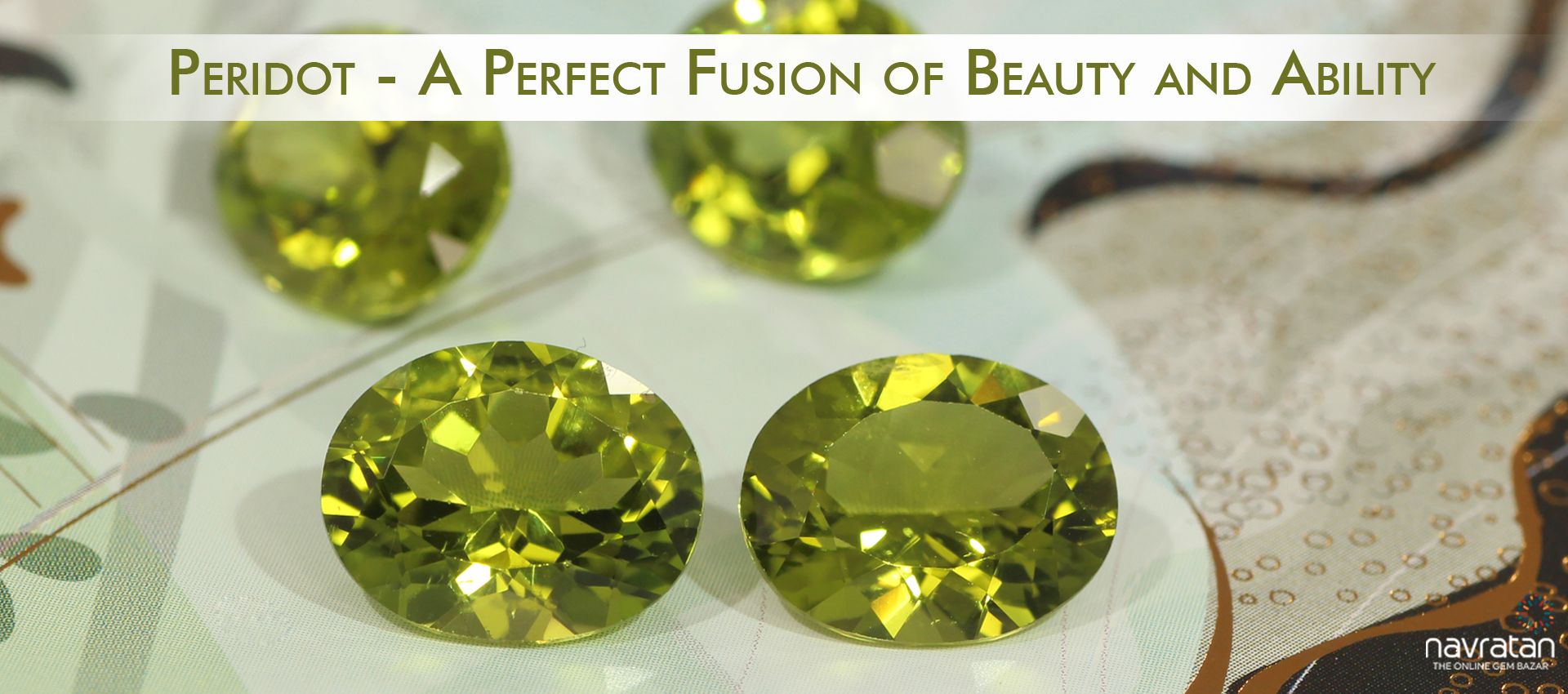
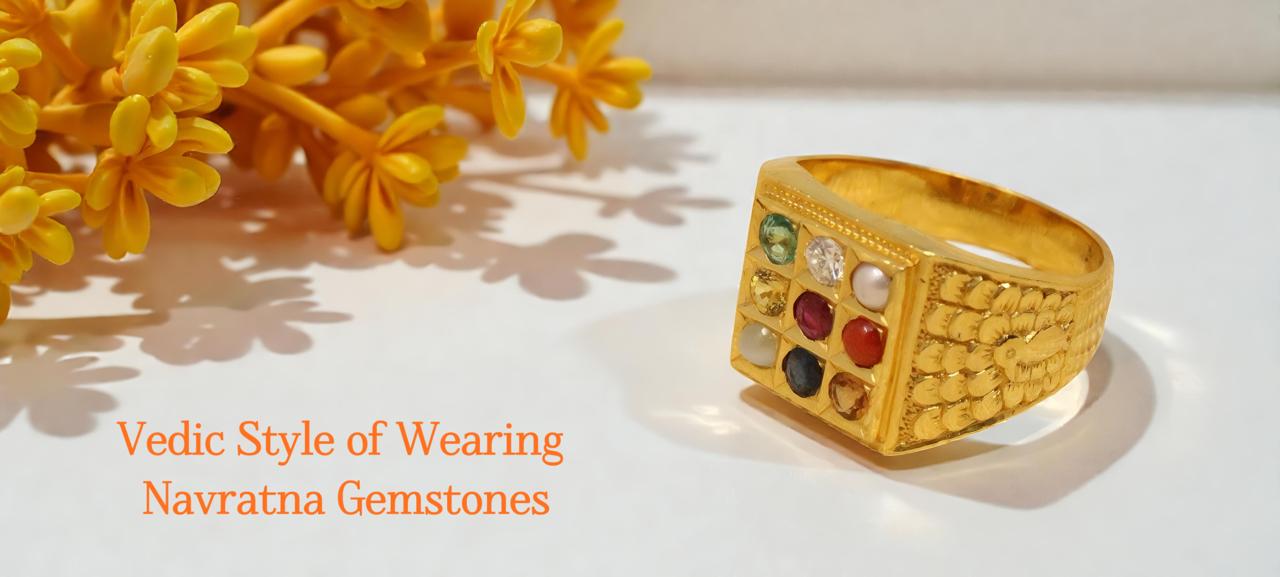
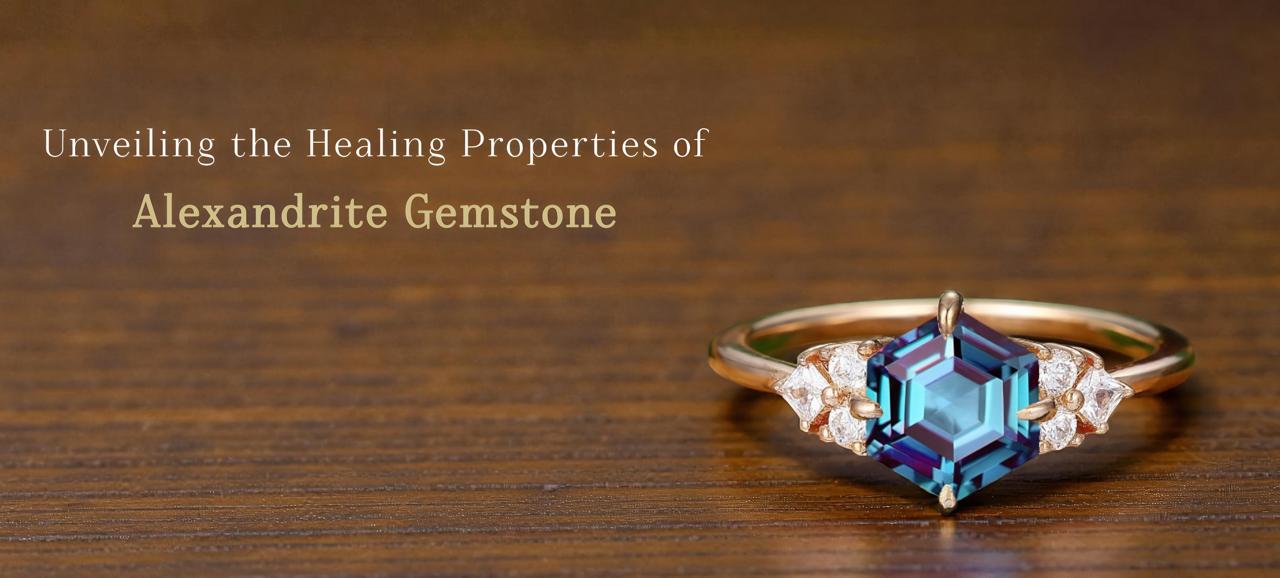
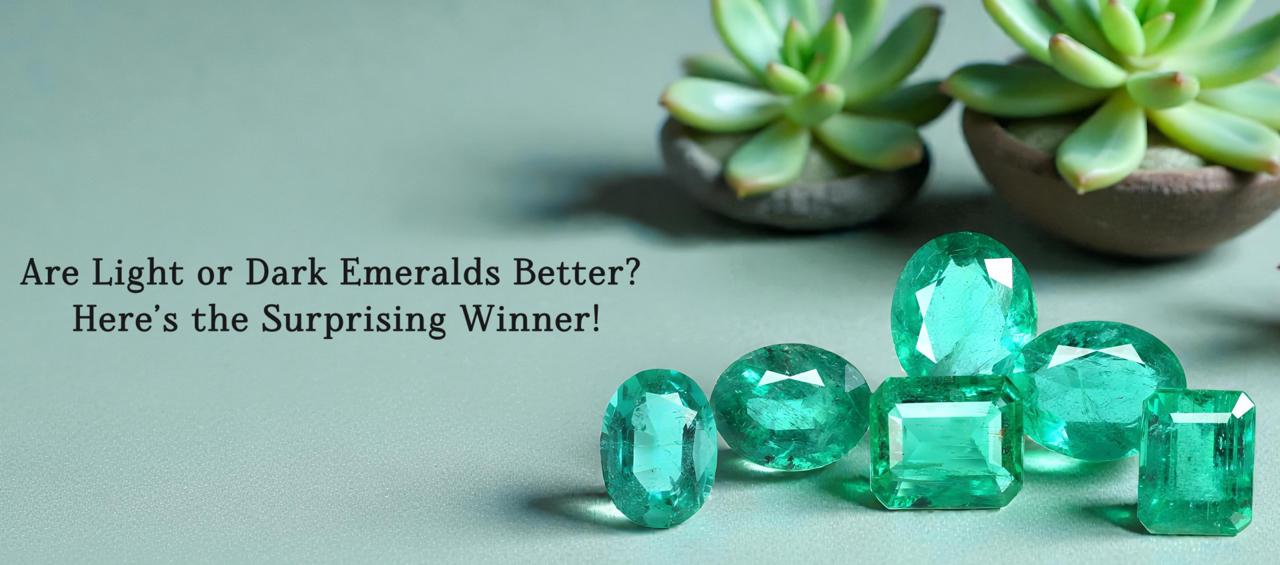
Are Light or Dark Emeralds Better? Here’s the Surprising Winner
December 24th, 2025